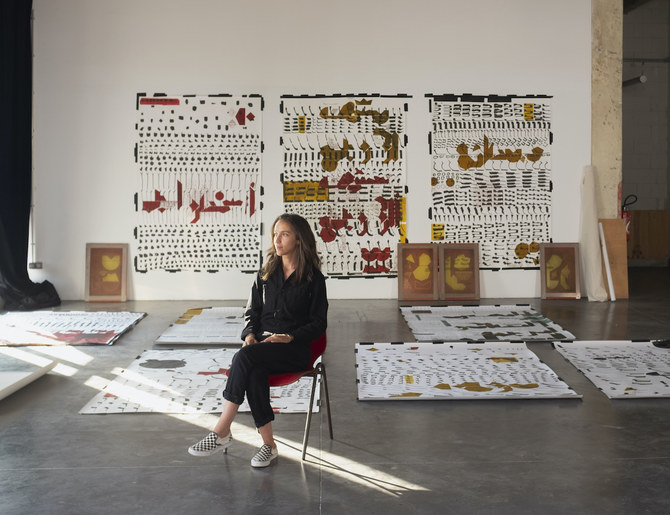DUBAI: In the early 20th century, New York City’s Lower Manhattan area was home to a thriving community known as Little Syria (aka ‘The Syrian Quarter’ and ‘The Mother Colony’). This enclave of Arabic-speaking immigrants traveled by ship from the Ottoman-occupied region of Greater Syria (mostly from Mount Lebanon) to New York — a major entry point for millions of immigrants at the time.
Many of these newcomers, who had headed to the US in search of a better life, eventually settled on Rector Street and Washington Street — the heart of Little Syria between the 1880s and 1940s. In its heyday, this close-knit community boasted a lively ecosystem of shisha cafés, pastry shops, exotic grocery stores, and textile wholesalers.
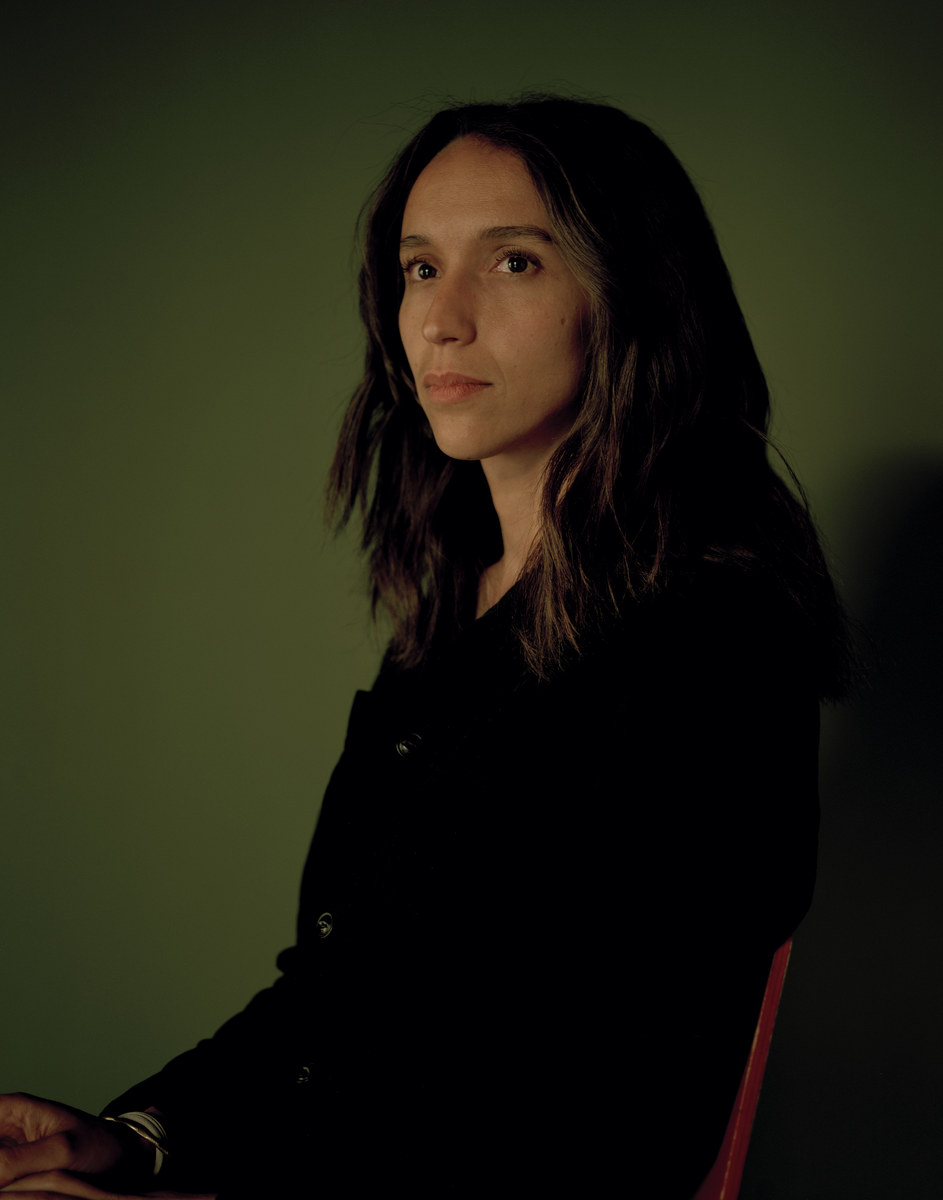
A public artwork created by Paris- and Rabat-based Sara Ouhaddou — nearly a decade in the making — will soon pay tribute to Little Syria. (Supplied)
Little Syria was also associated with some of the Arab world’s most prominent émigré writers, publishers, and thinkers, including Kahlil Gibran and Ameen Rihani, who penned the first Arab-American novel, “The Book of Khalid,” in 1911.
Today, though, only three historical buildings from that era have survived — including the landmarked St. George’s Syrian Catholic Church — and the area is no longer known as an Arabic hub. Over the past few years, however, the memory of Little Syria has been revived by the likes of preservation activist Todd Fine, who runs educational walking tours as president of the Washington Street Advocacy Group.
“This part of the city has been changed and demolished probably more than any other neighborhood in New York City. A huge chunk of it was destroyed to build the Brooklyn Battery Tunnel in 1946,” explained Fine, citing one the central causes of Little Syria’s physical demise.
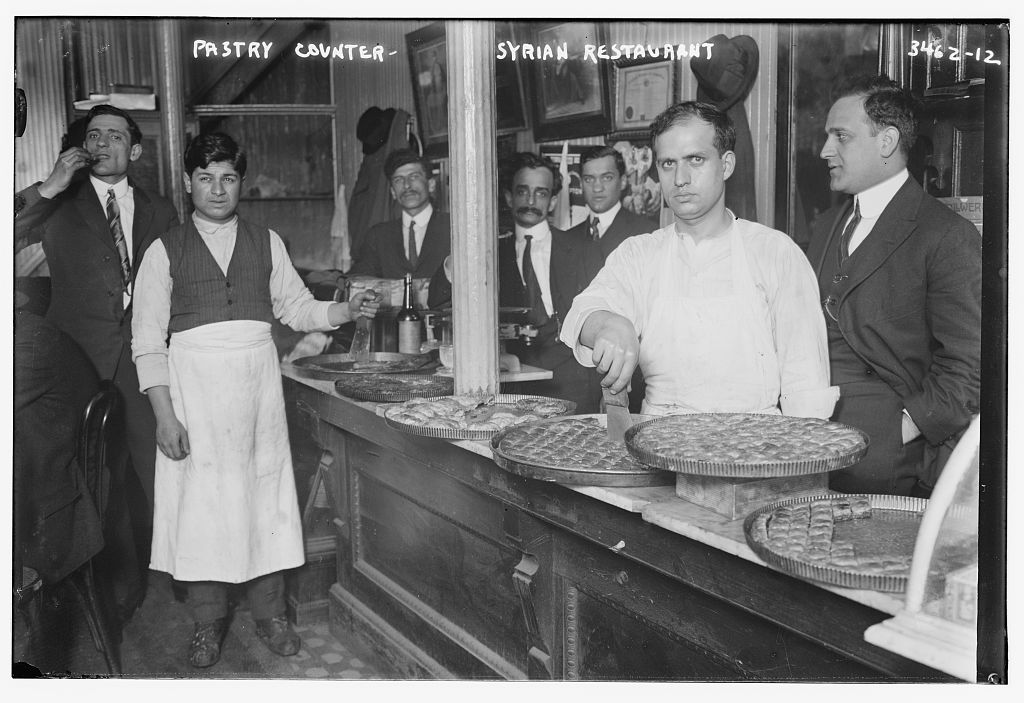
Little Syria was also associated with some of the Arab world’s most prominent émigré writers, publishers, and thinkers. (Getty)
“(You cannot) underestimate the sophistication and the amount of activity of this robust Arab-American population in the early 20th century,” he continued. “They had so many businesses and were involved in such high-level politics — such as advocacy for the Palestinians and communicating things to the American society about their culture. A lot of that has been totally lost and forgotten.”
Thanks to collaborative efforts by preservationists and members of the Arab-American community, a public artwork created by Paris- and Rabat-based Sara Ouhaddou — nearly a decade in the making — will soon pay tribute to Little Syria.
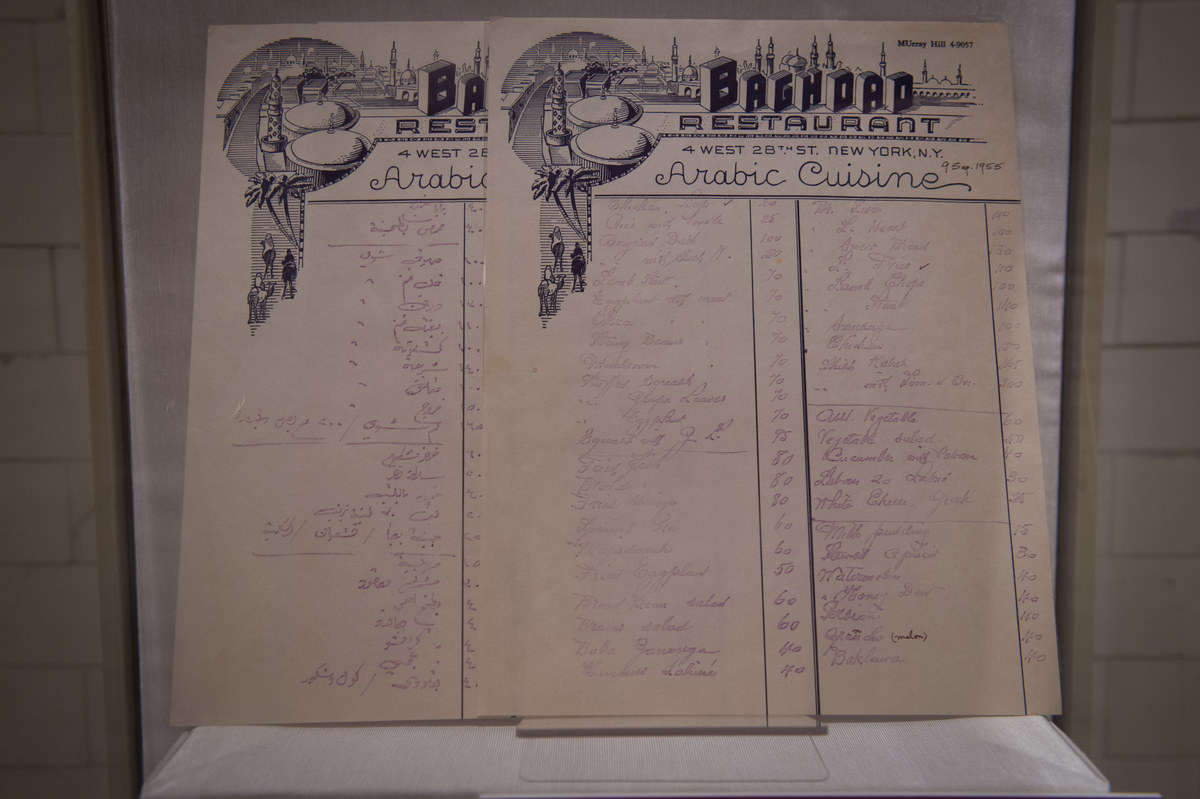
Today, the area is no longer known as an Arabic hub. (Getty)
In an interview with Arab News, Ouhaddou explained that language is at the heart of her project. She was inspired by Little Syria’s literary heritage, specifically the words of the Mahjar (diaspora) poets.
The French-born artist explained that one of the reasons she applied to the competition to design the commemorative artwork, which was supported by the New York City Department of Cultural Affairs, was that she felt a personal connection to the writers of Little Syria.
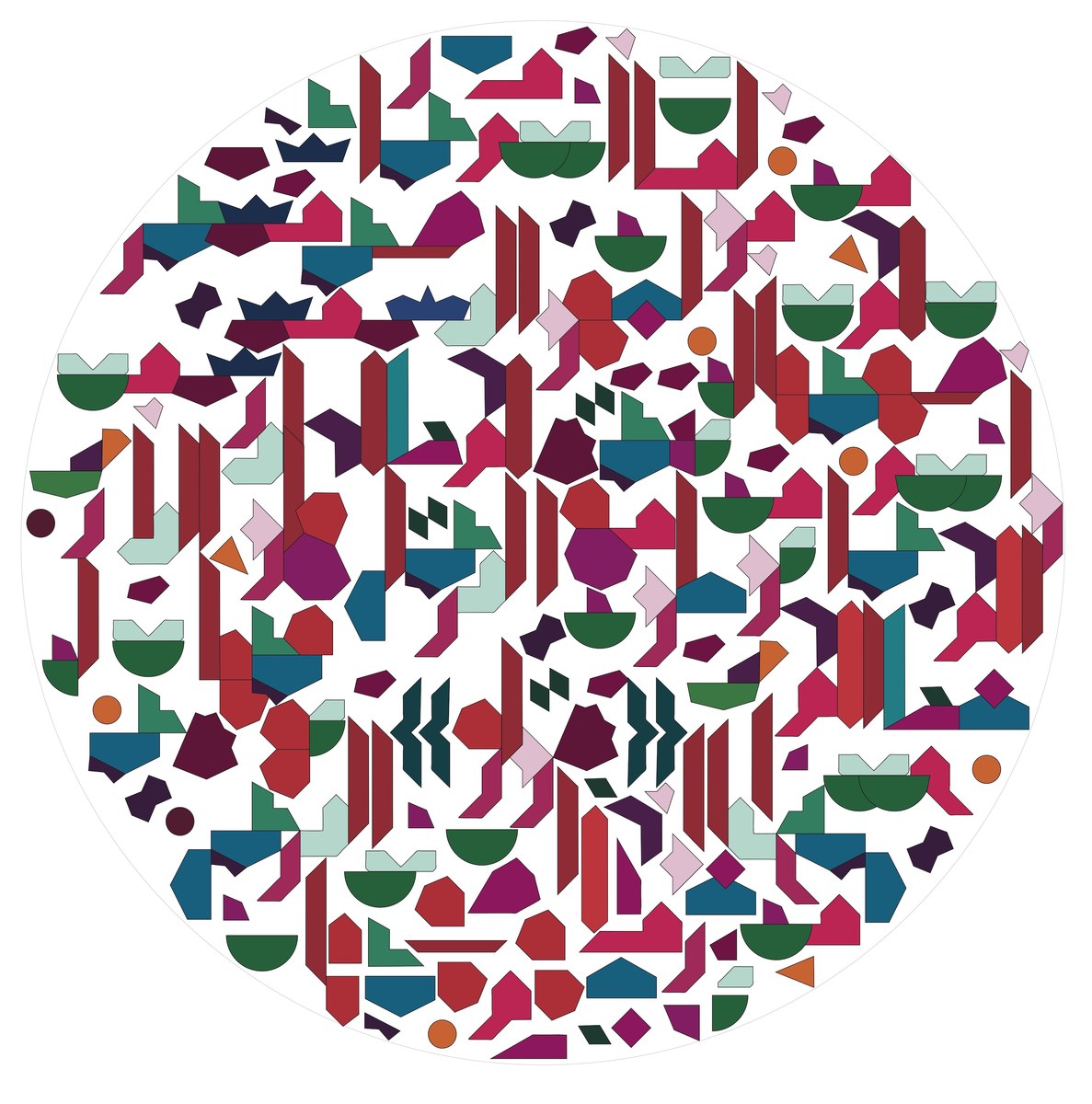
This is an example of Sara Ouhaddou’s artwork. (Supplied)
“I’m Amazigh and Arab,” she said. “I’m the multicultural daughter of immigrants from Morocco, a place that is full of minorities. We were a minority in Europe. It’s a history that has repeated itself; the Little Syria history is the same history I’ve lived in France.”
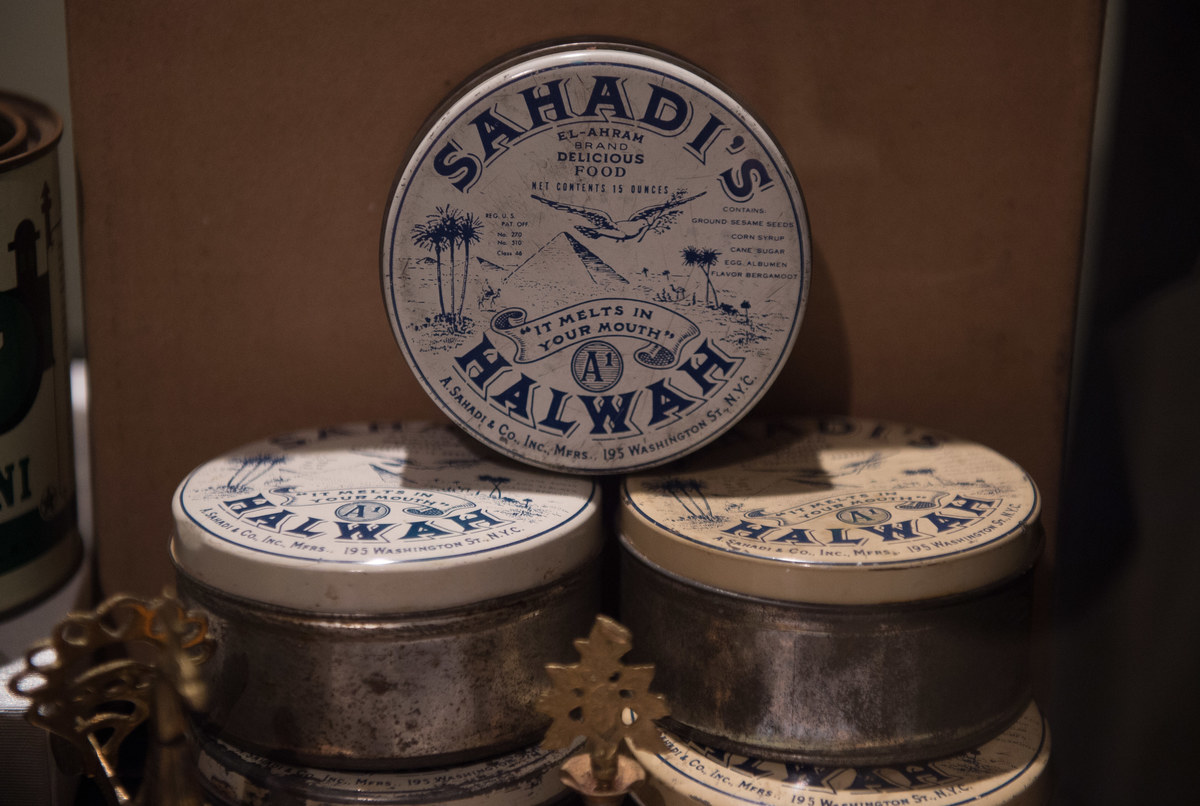
Ouhaddou explained that language is at the heart of her project. (Getty)
Ouhaddou said that her initial main artwork will be manifested through two pathways in a 20,000 square-foot park — the Elizabeth Berger Plaza — that is being built especially for this memorial. The decorative pathways integrate her unique, colorful mosaic design in which she has invented an alphabet that cleverly combines elements of Islamic geometry and classical Arabic lettering. Embodying messages of spirituality and humanity, one of the poems on which she has based the artwork is taken from Gibran’s “The Prophet”: “You who travel with the wind/What weathervane shall direct your course?”
It is through Ouhaddou’s own contemporary practice of amalgamating craftsmanship, geometry and language that she explores identity, a recurring theme in the writings of Little Syria’s poets. “They were Universalists,” Ouhaddou pointed out. “They were very well advanced in the idea that we could be our own complex identity and — at the same time — be a universal human.”
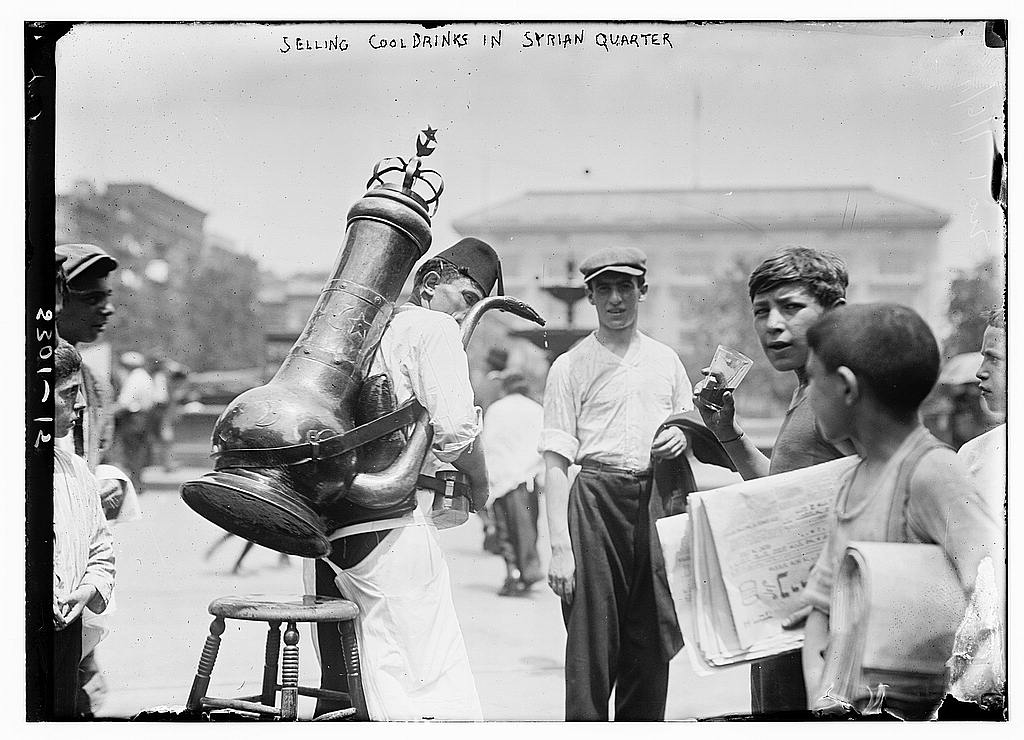
Ouhaddou was inspired by Little Syria’s literary heritage, specifically the words of the Mahjar (diaspora) poets. (Getty)
There is not yet a set date for the unveiling of Ouhaddou’s site-specific artwork, since organizers are finalizing the park’s construction and aiming to attract further funding.
“It will be a great way for people from around the world to really see something beautiful,” said Fine of the artwork. “And not to do it in the way we do most memorials, where we just have statues. I’m hoping that this is a way to show the beauty of the Arabic language and poetry in a calm and comforting way.”



